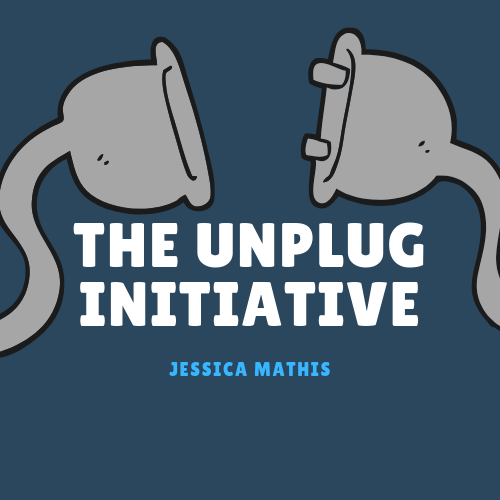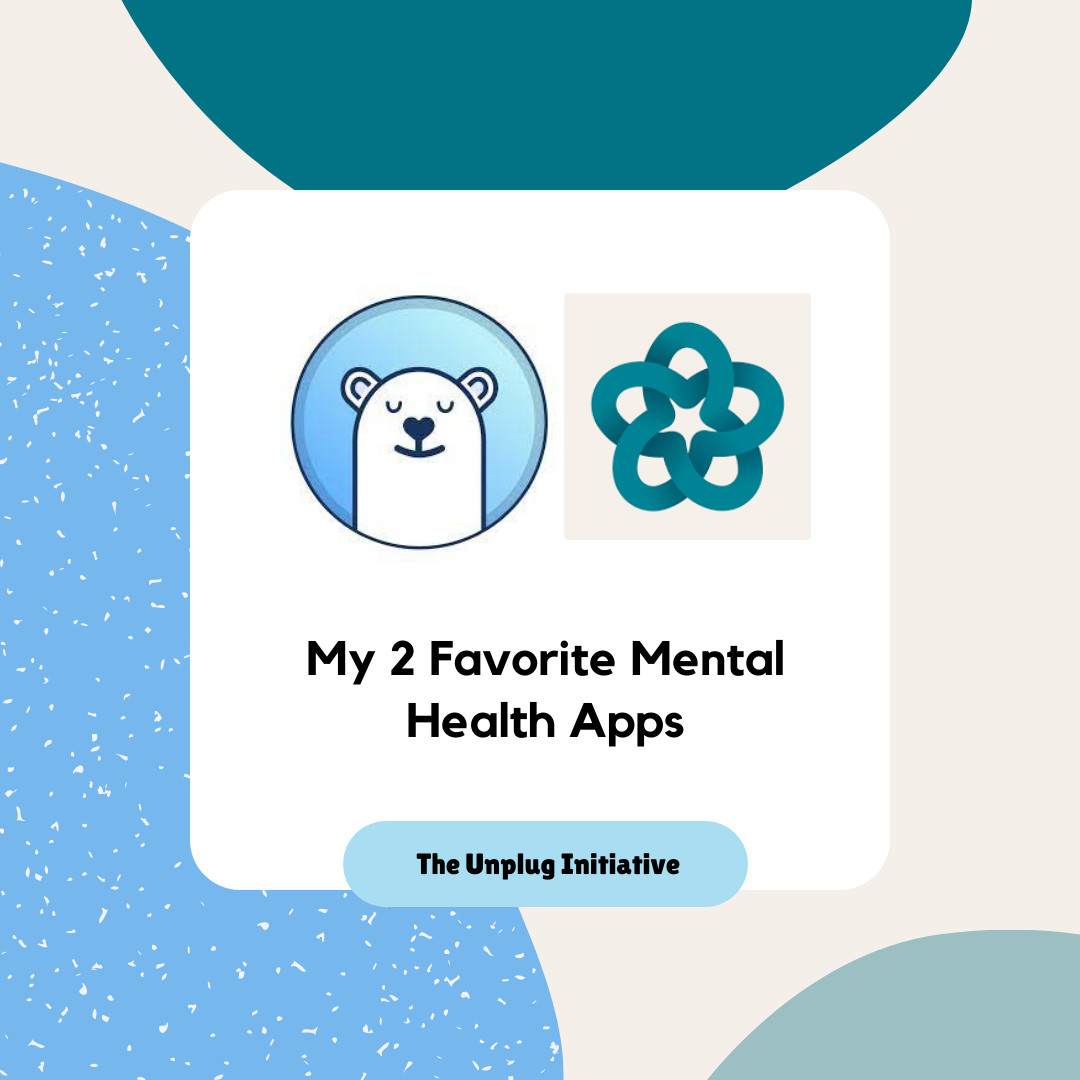With the rise of mental health apps, I’ve been trying out these new methods to approach self-improvement. Amaru, which I’ve talked about before, is still an app I use almost daily for goal-setting and self-care. I also discovered another app, called Finch, that has been helpful to me in the past few months–but we’ll tackle that another day.
Today, I want to talk about the two most impactful apps I’ve used this year to further my mental health/self-improvement journey. Though they achieve this in different ways, both apps have been instrumental in helping me monitor and improve my mental health since early in 2023.
Bearable is a mood and symptom tracker, which is all about gathering data and giving you personalized insights. Bloom is a CBT-based mental health app, which is more focused on activities and exercises for the user. Side note, CBT stands for Cognitive Behavioral Therapy and is useful to combat anxiety and depression because of its work with “core beliefs” that the patient has developed.
This blog is not a paid advertisement for either app; I’m not getting anything for promoting these apps. There’s not even a referral code or link if you download either one. So, this is truly just my opinions!
Let’s jump into what these apps do and how they’ve helped me:
Bearable
Bearable is a premium mood and symptom tracking app. It helps you find correlations between your mood, energy levels, recurring physical and/or mental symptoms, and the things you do in your daily life, called “factors”.
For example, it can help me track my overall mood and energy level vs factors that might affect it like exercise, going outside, and hobbies I enjoy. Additionally, it can look at how something like anxiety correlates to factors like amount of sleep. Another example is the correlation between sinus congestion (symptom) and whether or not I had my allergy shots that day (factor).
The factors and symptoms can be compared in endless ways and are highly customizable. You can add and edit groups/categories, as well as individual symptoms and factors. I find it incredibly flexible in this way, which is attractive when you want to track a lot of specific symptoms or factors. If you find you no longer need that symptom or factor, it’s easy to remove or hide, as well.
Why I Love It
It’s helped me because I’ve struggled with bad allergies and sinus infections for a few years now. I wanted to track those symptoms and see what’s possibly affecting my sinuses. When I started getting allergy shots in March, I also started using the app to track how the shots affected my fatigue levels and sinus congestion.
Additionally, I use it for anxiety, brain fog, fatigue, and many other mental and physical symptoms. I’ve taken full advantage of the customizability by adding factors, like hobbies, and adjusting the nutrition section to be a bit more specific to my needs.
Overall, it’s really interesting to look at how my symptoms correlate to certain factors. I can use it to make assumptions like, “exercise helps my anxiety” or “video games can cause more neck pain and muscle tension”.

Downsides to Bearable
Unfortunately, the downside to Bearable is also one of its greatest strengths: insights. There is so much data that it’s overwhelming and not always useful.
A small complaint I have is that you can add notes to your symptoms, but there’s no way to see them in your insights. For example, I might write that my headache is a sinus headache in the symptom notes. That would be helpful when reviewing insights about headaches because I treat that information differently (sinus headaches relate to my sinus congestion/allergies, but a regular headache might have a different cause).
A big complaint I have is that you can enter the time of day a factor and a symptom occurred, but I have not noticed or seen any indication that this is reflected in the data. I hope it’s implicitly represented that way.
For example, if I report that I am feeling anxious, then I exercise and my anxiety gets better, it should be reflected somehow in the data that my anxiety was better AFTER the exercise. I’ve found no way to manually toggle this either (view a symptom before and after a factor).
Some of the wording on the insights suggest a relationship or correlation, but the opposite is true. For example, this “Effect on Fatigue”. This kind of implies that the factor (in this case, writing), affects my symptom (fatigue). As if writing is causing fatigue. In reality, it’s just a coincidence. If I were to draw any comparison, I write when I’m fatigued because I want to feel better despite being tired. Perhaps it’s on the user to make the distinction—or maybe I’m just simply misusing the insights. But this feels like a pretty glaring hole in the fabric of Bearable.
Another example of the wording and misrepresentation of correlation. “This Factor Makes you Feel”… Well, how do you know which factor is responsible for the mood?
Overall, the insights are helpful. Data is just data. No matter how it’s presented, eventually, you can find something useful to you because there’s so much of it.
Cost
I have the premium version of Bearable for $19/year (there’s also a $6.99 monthly plan), but there are a lot of features available on the free version. I’d definitely give it a go if you have a lot of physical or mental symptoms that you want to find correlations with.
Bloom
Bloom uses a CBT-based model to modulate anxiety and depression. While it’s not necessarily like talking to a therapist, it is like talking to a well-informed friend who is teaching you different exercises to help regulate your feelings and reframe your thoughts. Through user input in the form of answering journal prompts and performing relevant exercises, you interact with the app’s modules to learn coping skills and strategies.
There are two main ways to use Bloom. There are Quick & Easy sessions, which are recurring segments you can do daily. Then, there are “programs”, which are longer-form content designed to be more intensive and specific.
The Quick & Easy sessions are meant to be used daily and as often as you’d like. Originally, they were called “habits” and you had to pick up to 4 that would appear on the home screen every day. However, now you can choose from all of them, and do as many, or as few, as you’d like.
Some of them recur in the same format, like the gratitude journal, nighttime breathwork, and grounding technique. Others offer 14-21 days of small, bite-sized sessions to really dive into a habit, like Self-Care, The Morning Show (for how to have a good day), Enjoy your Body, and Self-Compassion. They’re great when you need a quick session, pick-me up, or want to commit to self-care but don’t have a lot of time.
The programs are the main staple of Bloom though. This is where the real work is done as far as CBT and changing your automatic thoughts and beliefs. These programs are longer, multi-day sessions, ranging from 5 minutes a day up to 15 minutes. They can last as long as 7 days, from what I’ve seen.
They usually have a video segment for learning about a skill, and then a practice section, which includes a guided exercise and a journal prompt. Some programs titles that are offered include: “You Are Enough”, “Stepping Stones to Joy”, “Finding Freedom”, and “Peace of Mind”. They all have a central theme and use journal prompts, breathing techniques, and other specific exercises to help anxiety, worry, depression, etc using a particular practice from CBT.
Why I Love It
While the bite-sized habits content have been helpful practices, especially the gratitude journal, which has become a daily favorite of mine, the programs are where Bloom really shines. Though it’s no substitute for therapy, it’s a damn good supplement. Being in between therapists and having had some therapy myself, these exercises help me engage with CBT principles and work on my anxiety, in particular.
Downsides to Bloom
I’ll never do their weird AI Daily check-in. I wish they’d stop putting it at the top of the app. The check-in is shallow and the advice, though sometimes good, feels weird coming from an AI. Also, the look and feel of the app since they’ve changed it is so ugly and off-putting. It’s so sterile and beige, as you can see from the screenshots I’ve shared above.
Sometimes, the guide (Mike or Shernita) will give a canned response that doesn’t match with what you input on the app. For example, saying “great!” if you gave a negative response to a journal prompt. One time, the host comforted me, but I had given a positive answer. They should have given them more neutral responses at all times. However, this was a rare occurrence and was mostly funny.
Cost
Bloom is a bit more expensive at either $14.49/month or $59.99/year. I believe I got it for less than $60 when I signed up, so look out for any deals or savings promotions. There is a free version that offers some of the content to the user, but I’d consider that more of a free trial than a truly usable option. If you’re between therapists and you’re familiar with, or interested in, CBT, I’d definitely recommend it. Otherwise (or if you don’t want to spend the money), I’d look at alternatives. It’s definitely helped me, but it’s not for everyone.















One thought on “Bloom and Bearable – Two of My Favorite Mental Health Apps”